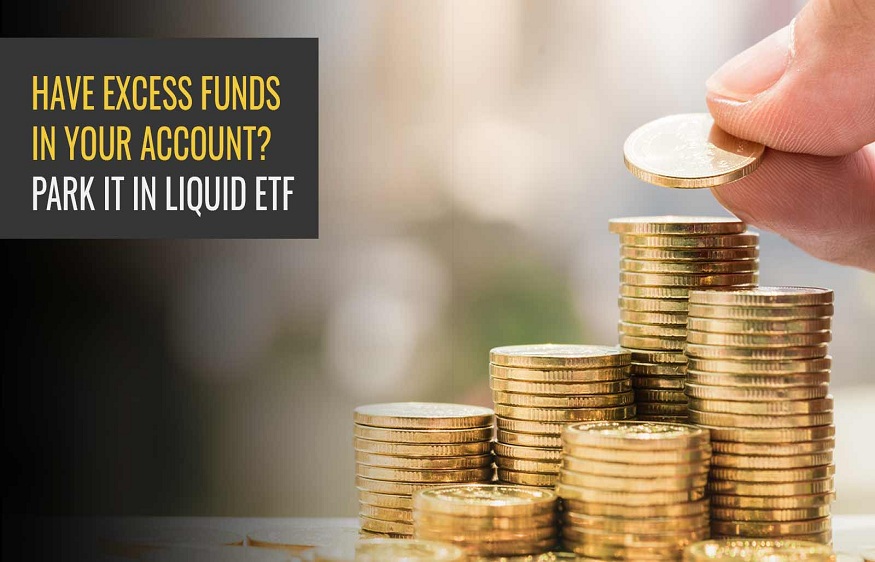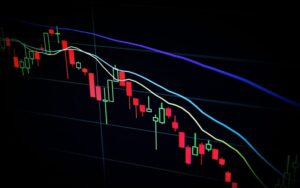Increase Your Portfolio’s Efficiency And Effectiveness By Investing In Liquid ETFs
3 min read
Since their introduction to the financial market, exchange-traded funds (ETFs) have long been seen as a more liquid option for mutual funds. Investors could swap them freely during market hours and obtain the same extensive diversification as they would with indexed mutual funds.
ETFs were a helpful instrument in instances where quick cash needed to be generated since institutional investors could utilise them to enter and exit holdings quickly.
Identify the Index
Identify the ETF to make sure it is a good fit for your portfolio. Keep in mind that not all passive funds are the same. A portfolio that follows an index is built by an ETF, which defines the fund’s risk and return characteristics.
Investors should choose their asset allocation before determining whether the index offers them the best exposure to a particular asset class or investment strategy. For more information on the index’s structure, dig a little deeper.
Trading flexibility
Before knowing the price they paid for additional shares when purchasing them that day and the value they would get for shares they sold that day, investors must wait till the end of the day when the fund’s net asset value (NAV) is released. For most long-term investors, once-per-day trading is adequate, but some prefer more freedom.
Lower costs
Regardless of the structure, all managed funds have operating costs. Prices have historically played a significant role in predicting profits. Generally speaking, the higher the projected return for a fund, the lower the cost of investment.
Compared to open-ended mutual funds, the costs associated with operating ETFs can be reduced. The brokerage companies that store the exchange-traded assets in customer accounts incur client service-related fees, which results in lower prices. When a company does not need to operate a contact center to handle inquiries from hundreds of individual investors, fund administration costs for ETFs might decrease.
Assess Tracking Error
The next step is to choose the ETF that provides you with the best exposure to the index. Not every ETF does it as effectively. ETFs are made to follow indices. The tracking error of the investment is used to calculate the difference between the ETF returns and those of the index.
The divergence increases as tracking error increases, which is a negative characteristic. The amount of cashkept, the transaction expenses that reduce returns, and the expense ratio of the investment can all be used to explain the variation. Possess an ETF with minimal tracking inaccuracy.
Periodic review
Periodic reviews of passive investments’ performance and suitability are also necessary. The ETF portfolio will also change if the index composition does. Additionally, the investor might feel unhappy with the modification due to the stocks, bonds, sector, or stock concentration included in it.
Investors should routinely assess the suitability and relevance of the ETFs, just like they would with actively managed funds. An investor may want to reconsider their investment choice if an ETF has a change in its tracking inaccuracy or liquidity attributes.
Bottom Line
In conclusion, liquid ETFs should be on your radar if you’re an active investor or trader searching for a valuable tool for cash management or a passive investor looking to park money temporarily.







